The best camera for astrophotography: tools and lenses to shoot night skies
Shoot the stars with the best camera for astrophotography (and the right lenses, star tracker and other tools)
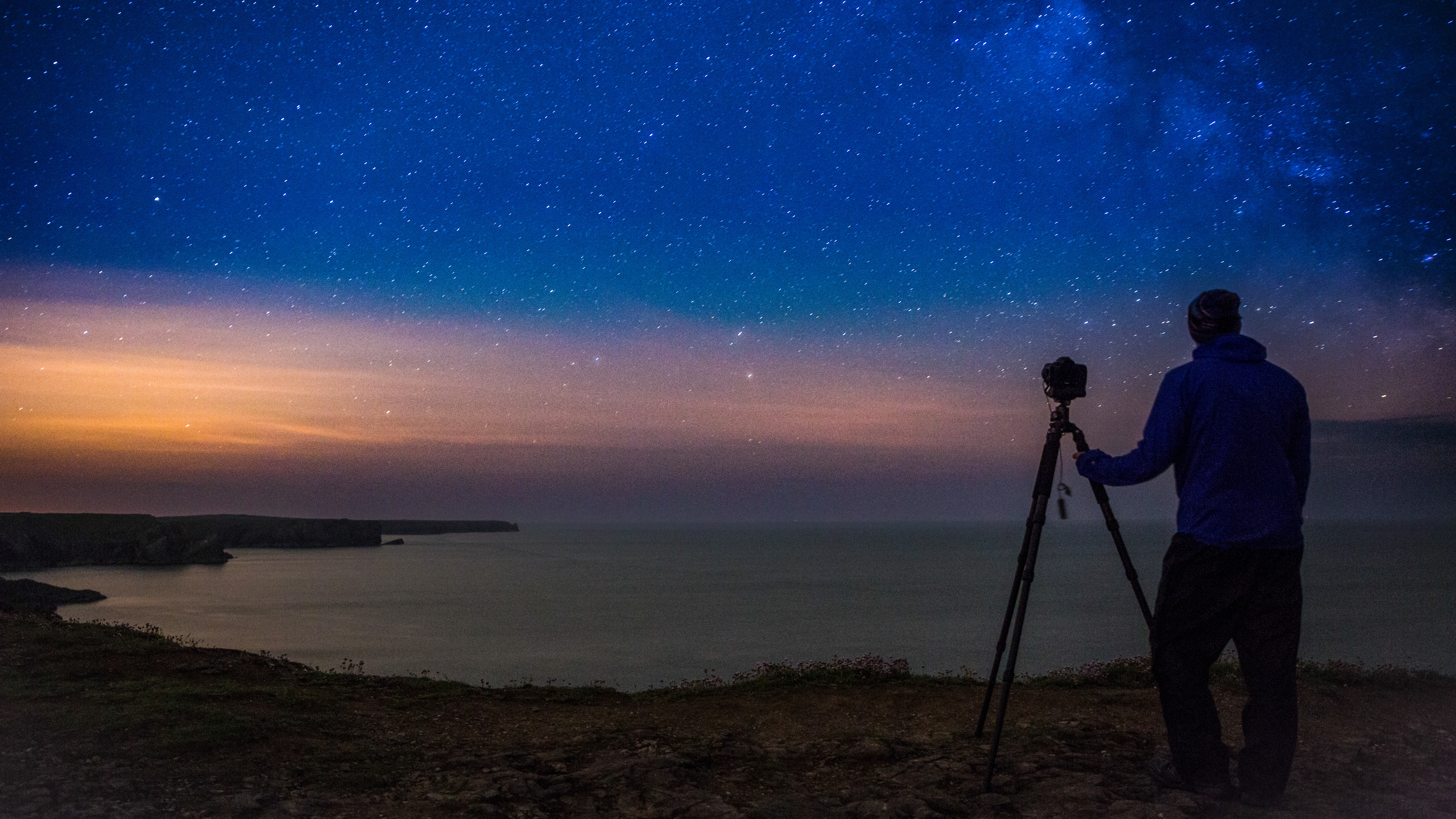
Looking for the best camera for astrophotography? We've picked out not just the cameras, but also lenses and accessories – entire suite of useful gear for taking incredible night-sky images.
Overkill? Not a bit of it – if you want to photograph the night sky and catch celestial events like the Perseid meteor shower or the Northern Lights, you do need to prepare and you need the right kit, otherwise you'll come back with nothing to show for it. Light is in short supply, but light pollution is also common, and the movement of the earth presents some unique challenges.
So we've started out with our picks of the best cameras for astro shooting, then moved on to the best lenses (for more choice in this department, check out our guide to the best lenses for astrophotography), and finished up with the tripods and other accessories, These include star-trackers, filters and even mounts for deep-sky astrophotography of star clusters, nebulae and distant galaxies with astrophotography telescopes.

Jamie has been writing about all aspects of technology for over 14 years. As the editor for www.WhenIsTheNextEclipse.com, he has a wealth of enthusiasm and expertise for all things astrophotography, from capturing the Perseid Meteor Shower, lunar eclipses and ring of fire eclipses, photographing the moon and blood moon and more.
The quick list
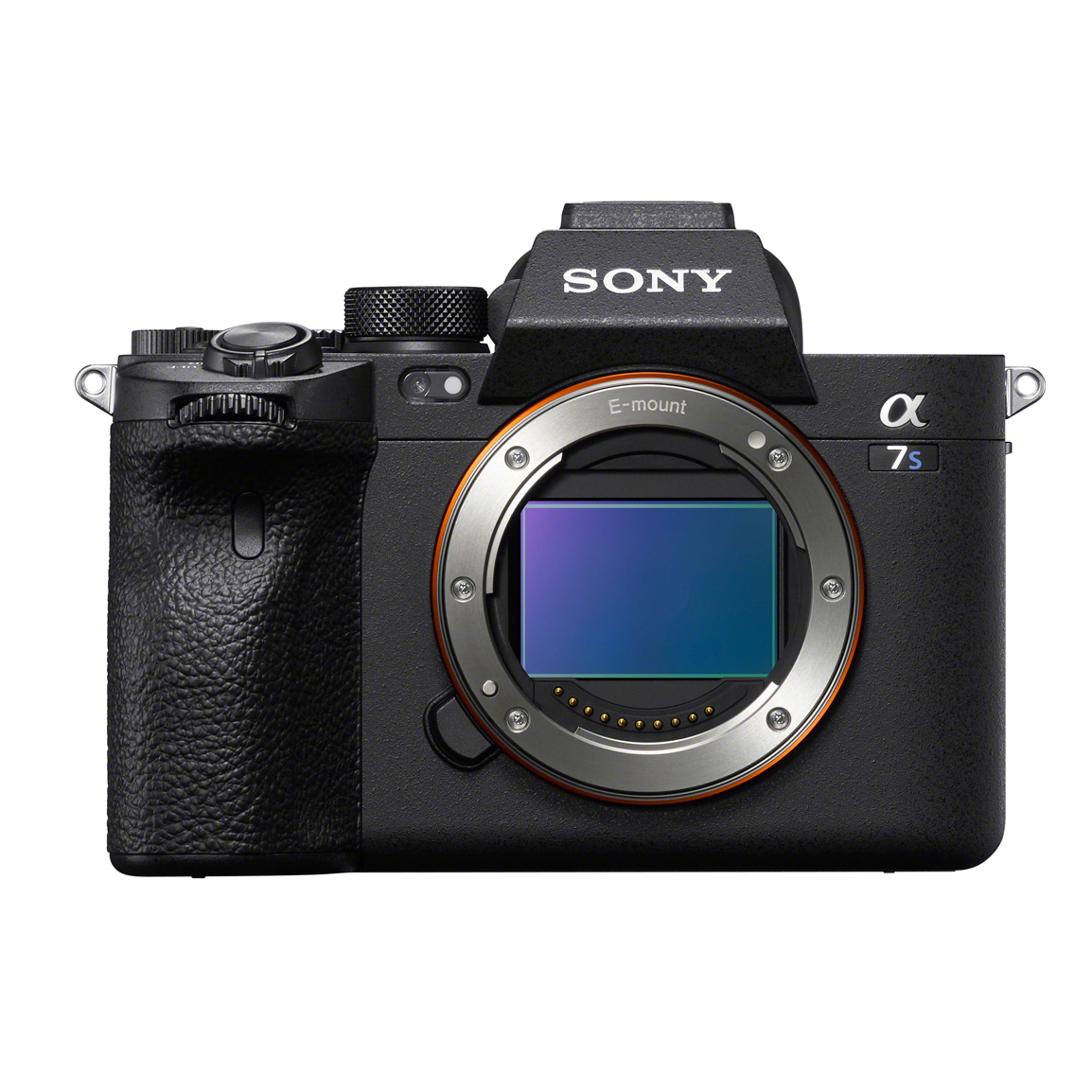
Best overall
With its full-frame sensor and incredible high-sensitivity performance, the Sony A7S III is simply one of the best cameras out there for capturing astro images.
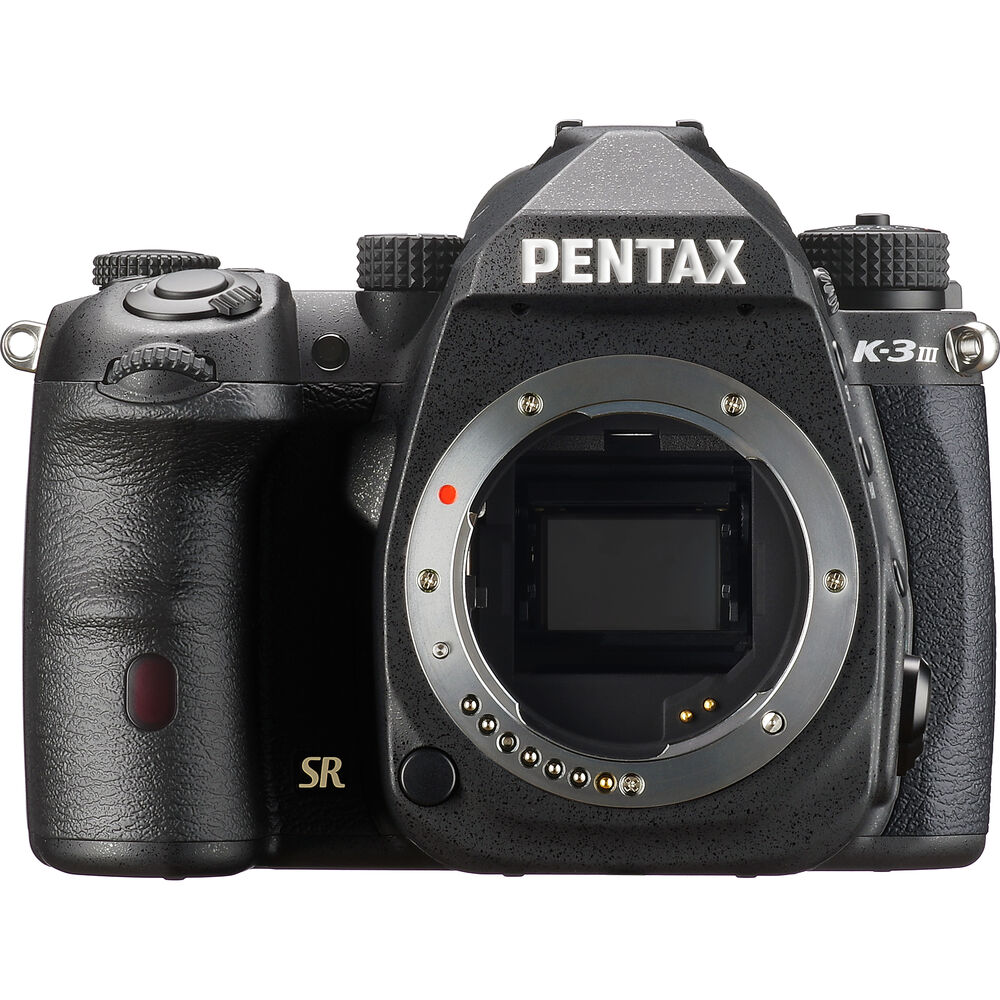
Best DSLR
With its clever sensor-shift Astrotracer feature, which now works without GPS, the Pentax K-3 Mark III offers a genuine USP for astrophotographers looking to capture the night sky.
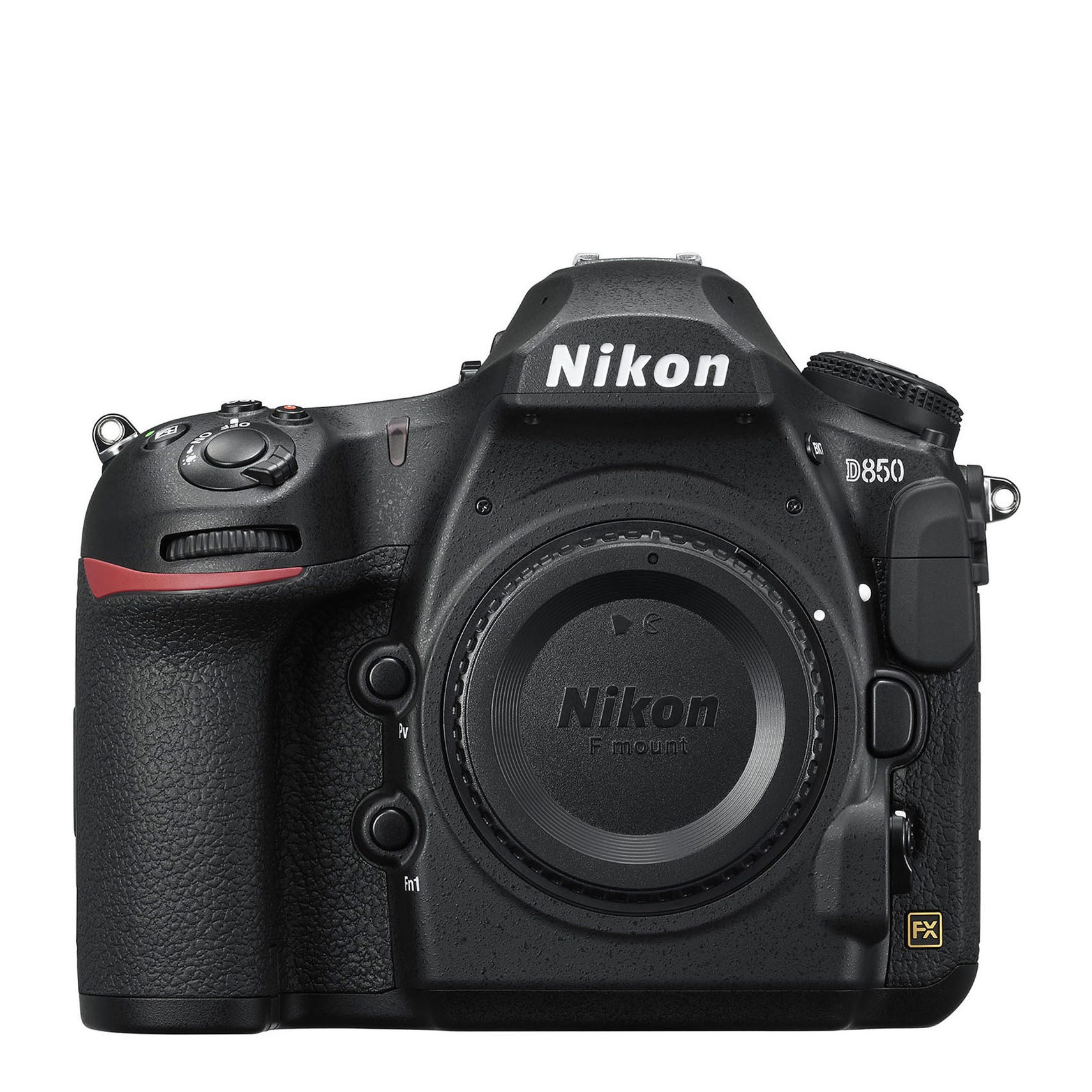
Best DSLR
If you want to use a full-frame DSLR for astrophotography, the Nikon D850 is the best choice. Ruggedly built, with a high-resolution sensor, it also offers tons of great lenses.
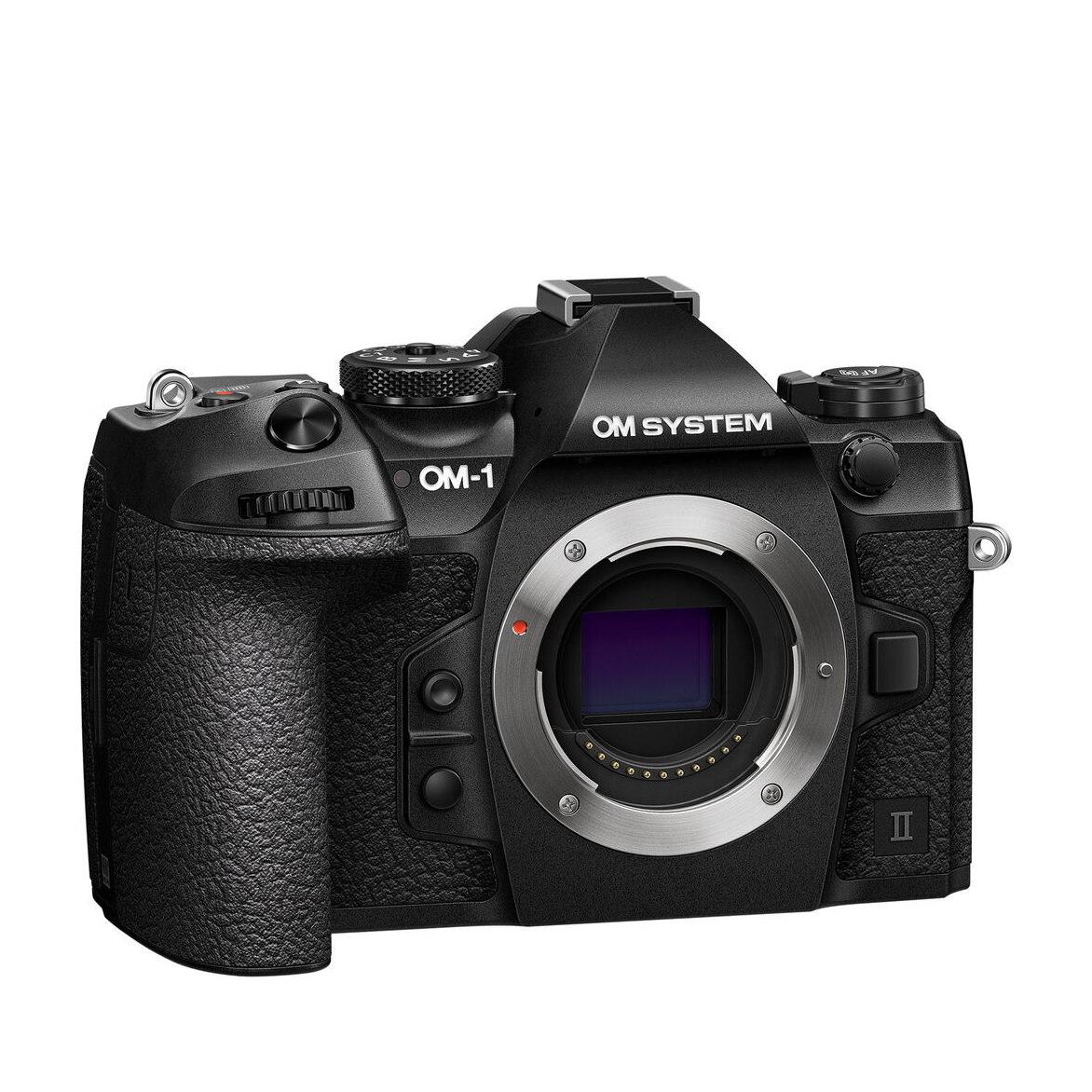
Best for autofocus
With the proprietary Starry Sky AF technology originally developed by Olympus, the OM-1 Mark II is able to capture pin-point accurate shots of stars.
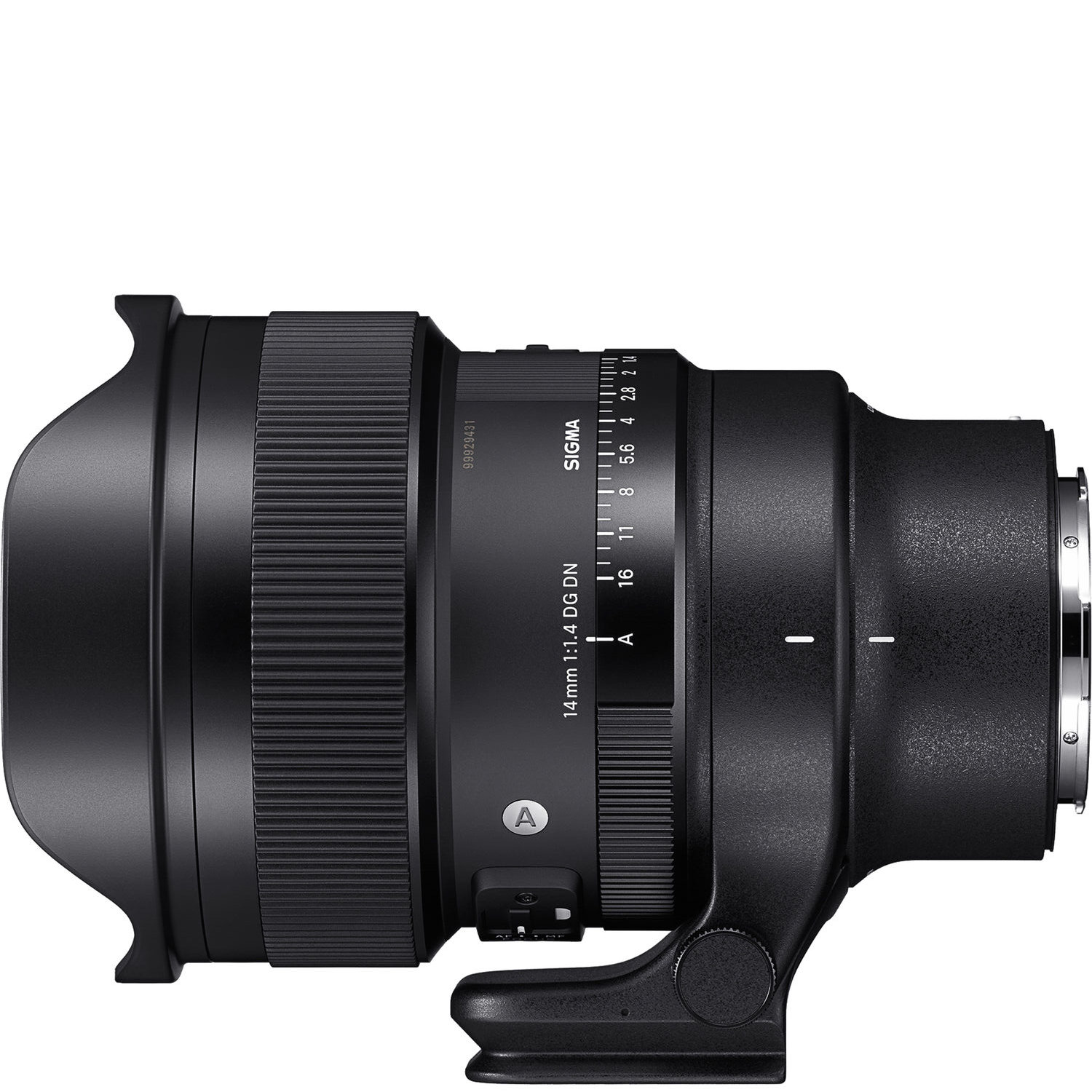
Best lens for astro
This full-frame lens is the kind of thing you should be shopping for when it comes to astro, with a big aperture and a nice, wide field of view.
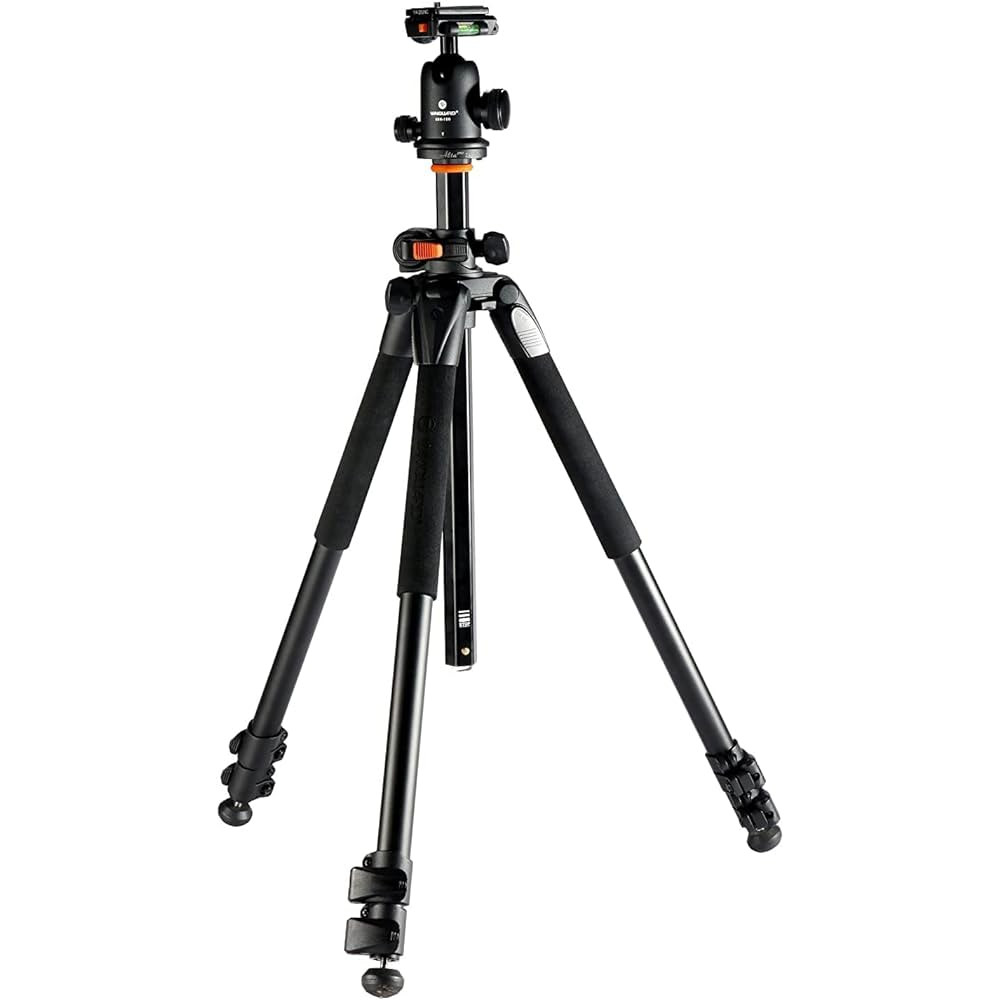
Best tripod
A tripod is essential for astrophotography – not just advised, essential. We'd say this Vanguard tripod is a good bet, not too expensive but with excellent stability.
Best cameras for astrophotography
Why you can trust Digital Camera World
Best overall
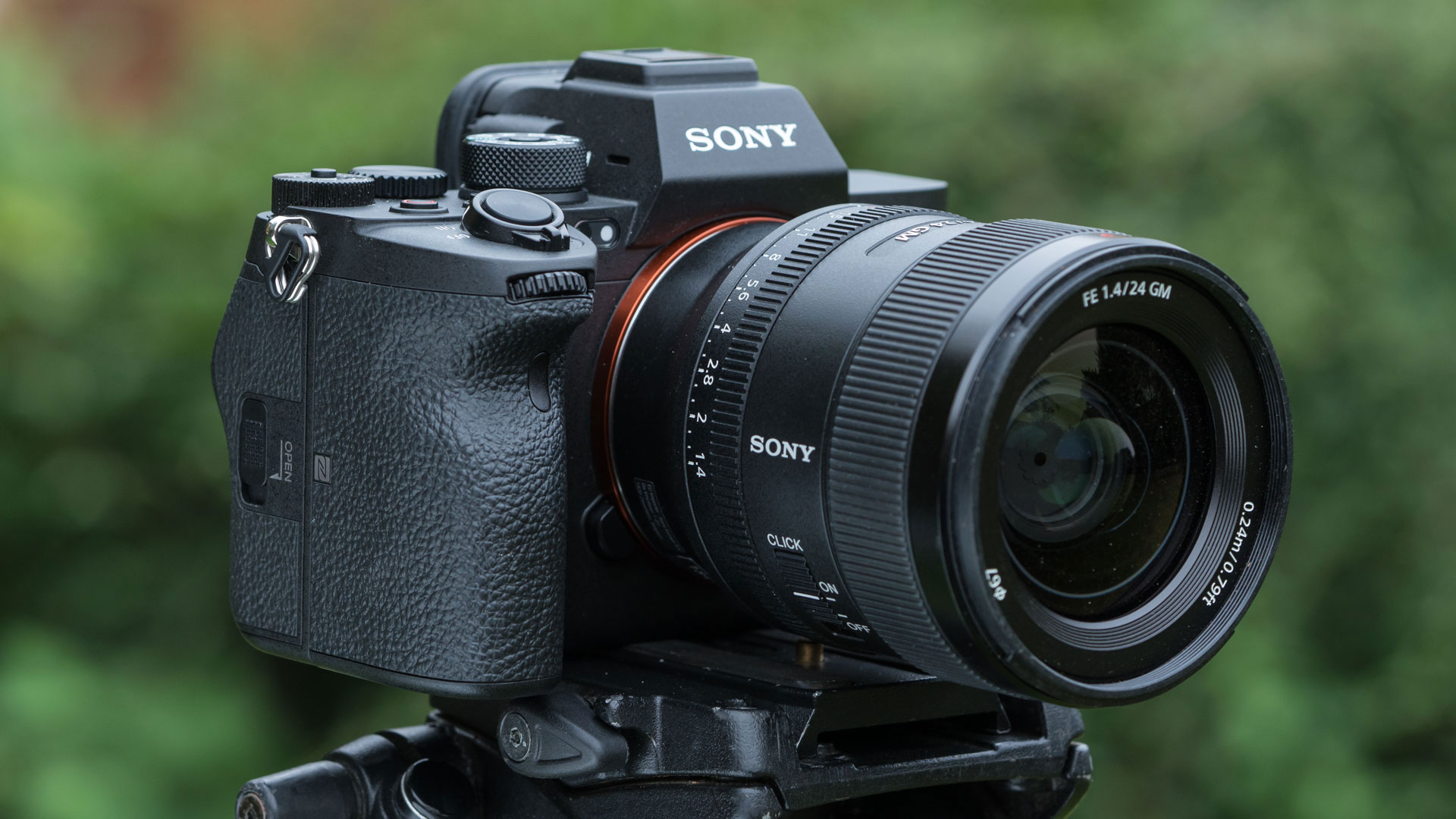
Specifications
Reasons to buy
Reasons to avoid
This isn't a truly specialized astrophotography camera (they aren't very common), but if you want a more general choice that's as good at astro as it is at everything else, then we'd fully recommend the Sony A7S III.
While the resolution first appears laughably tiny, the 12.1MP sensor allows the camera to produce a quite frankly ridiculous extended ISO of 409600. I won't bore you with sensor science, but the larger pixels in the sensor mean it lets in much more light than tightly packed high-megapixel sensors, which plainly put, means it is just great in low light.
Also, weighing just 614g, this is a relatively light camera, which is handy if you're heading out to remote locations to capture your astro images. Having a 3-inch tilting touchscreen is useful for shooting from low angles, and the selection of E-mount lenses includes loads of great options for astrophotographers.
If you also want to record some video of the night sky then this camera has you well covered, with exceptional 4K video and a range of professional codecs to choose from you can produce some incredible video of your stargazing.
See our full Sony A7S III review
Best DSLR
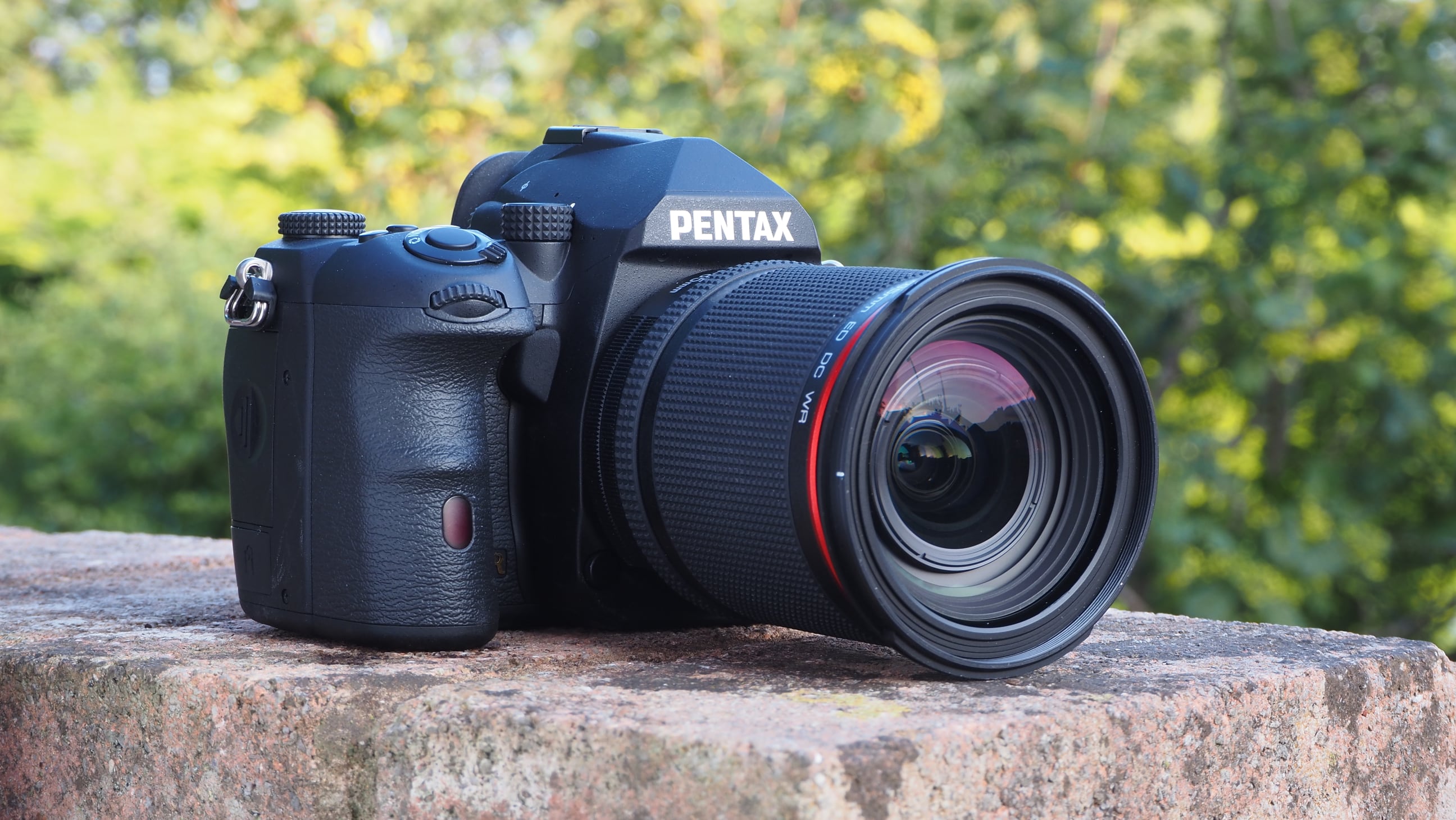
Specifications
Reasons to buy
Reasons to avoid
Mirrorless cameras don't have it all their own way. There are still some fantastic DSLRs out there for astrophotography, one of which is the comparatively recent Pentax K-3 Mark III. On the face of it, this is a fairly standard APS-C DSLR with an inexplicably high price tag. However, Pentax offers a number of specialised astro shooting modes that put it above the competition.
The key to the camera's appeal is the Astrotracer functionality. This uses sensor-shift technology – the kind normally used for stabilisation – to compensate for the movement of stars and produce pin-sharp points in the night sky over a long exposure, which would normally give you smears due to movement of the earth. This gives you so much more latitude to capture the night sky as it appears to the human eye, and gives the Pentax camera a real edge for astrophotographers.
Pentax has been steadily improving this tech, and the K-3 Mark III boasts Astrotracer Type 3 – the best version yet, which has also since been back-ported to the full-frame K-1 cameras. The main appeal of this version is that it can work without GPS, so there's no longer a need to purchase Ricoh's expensive additional GPS module.
Read our full Pentax K-3 Mark III review
Best full-frame DSLR
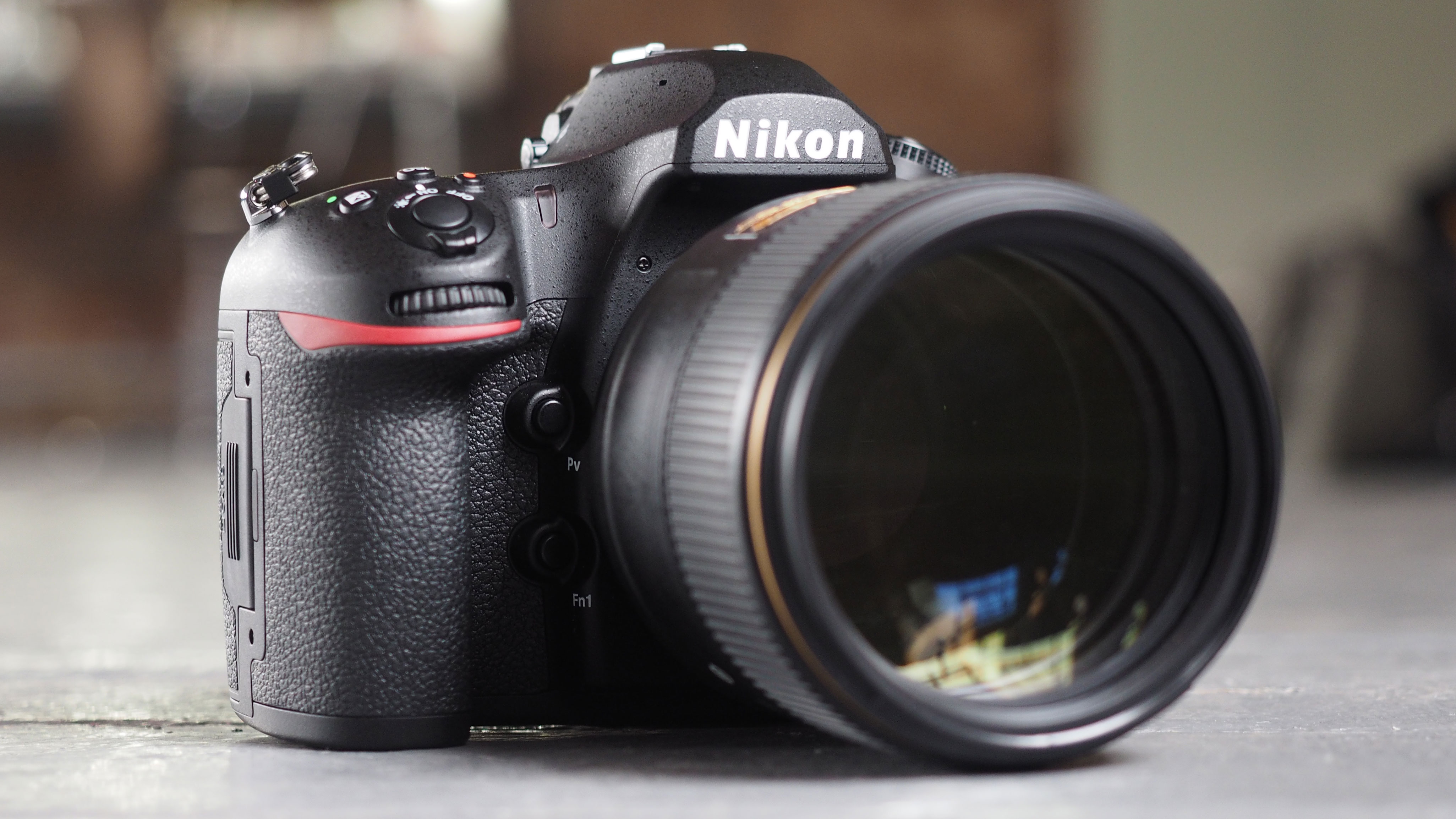
Specifications
Reasons to buy
Reasons to avoid
While it doesn't have dedicated astro modes, the hefty D850 still has to be one of the best options for astrophotography. Its full-frame 45.7MP sensor still delivers some of the best images we've seen from camera, and while the ISO might not be quite the best around, it's still very well controlled. It can also shoot at up to an extended sensitivity range that's equivalent to 108,400 (Hi2), while there's a ISO ceiling of 25,600.
The build quality is excellent, and the handling is too – those shooting in poor light (a.k.a. all astrophotographers) will appreciate the illuminated body mounted controls that can easily be switched on, while the large and bright optical viewfinder will make framing up easy. AF performance is stunning, but it's let down by the clunky focusing speed when using the rear screen. Battery life is brilliant though, at over 1,000 shots per charge – something even the best mirrorless cameras will even struggle to come close to.
Best for autofocus
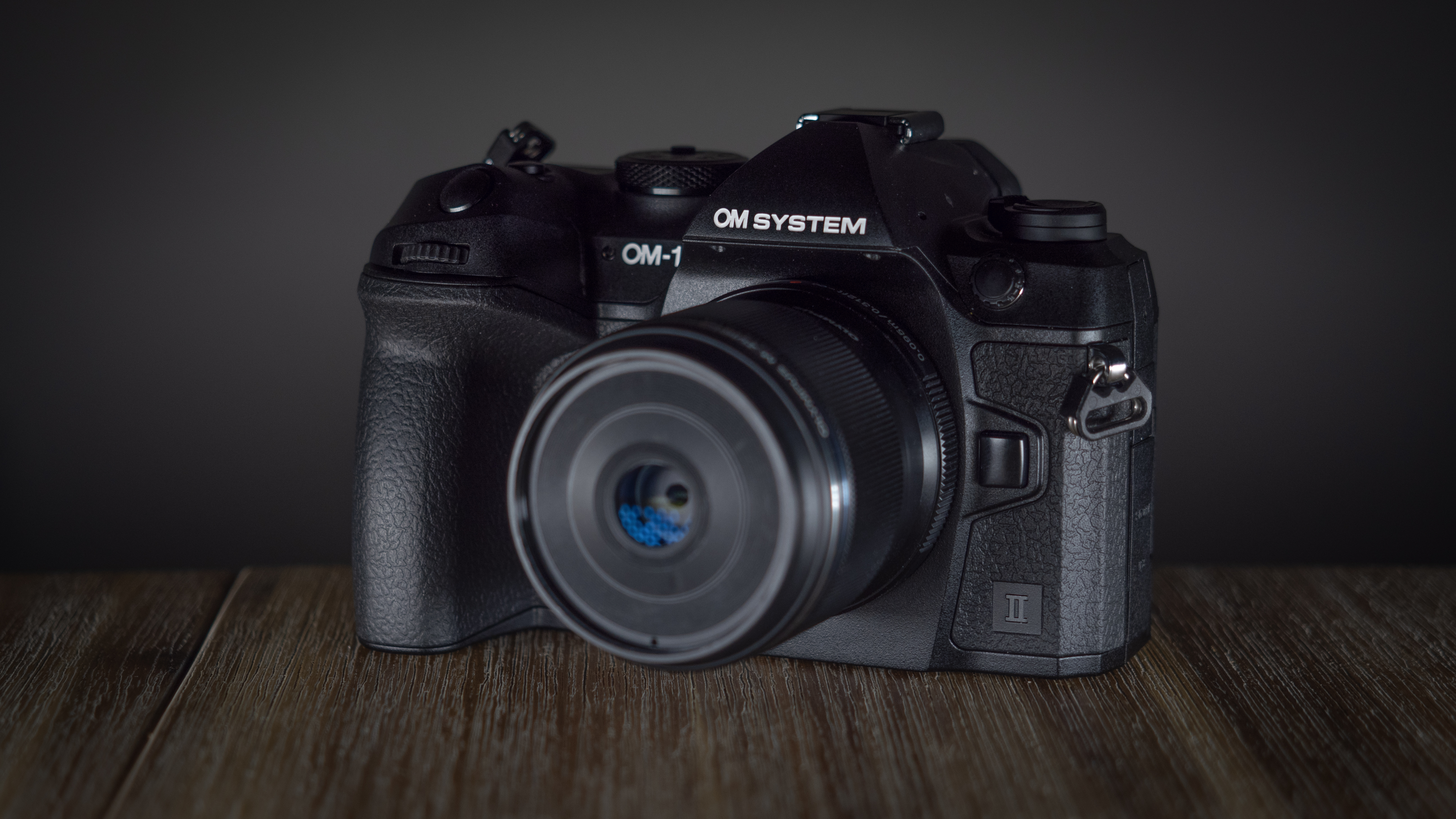
Specifications
Reasons to buy
Reasons to avoid
The conventional wisdom goes that only large-sensor cameras are suitable for astrophotography. Well, the conventional wisdom can go whistle – the OM System OM-1 Mark II didn't just match its full-frame rivals for dynamic range in our testing – it actually outstripped them. If you can live with a lower baseline resolution of 20.4MP – realistically plenty for most purposes – you'll find lots to recommend about this fabulous mirrorless camera.
One of the key features, introduced back when OM System was Olympus, is Starry Sky AF. This is essentially an autofocusing algorithm that has been optimised specifically to capture stars in the sky with ultra-high precision. It has been refined over a few generations of cameras, and it reliably works well. Granted, the small sensor of the Micro Four Thirds system does give you fewer wide lenses to work with. However, there are a few good options like the OM SYSTEM M.Zuiko Digital ED 8-25mm f4.0 PRO, giving you an equivalent wide end of 16mm.
Read more: OM System OM-1 Mark II review
Best APS-C
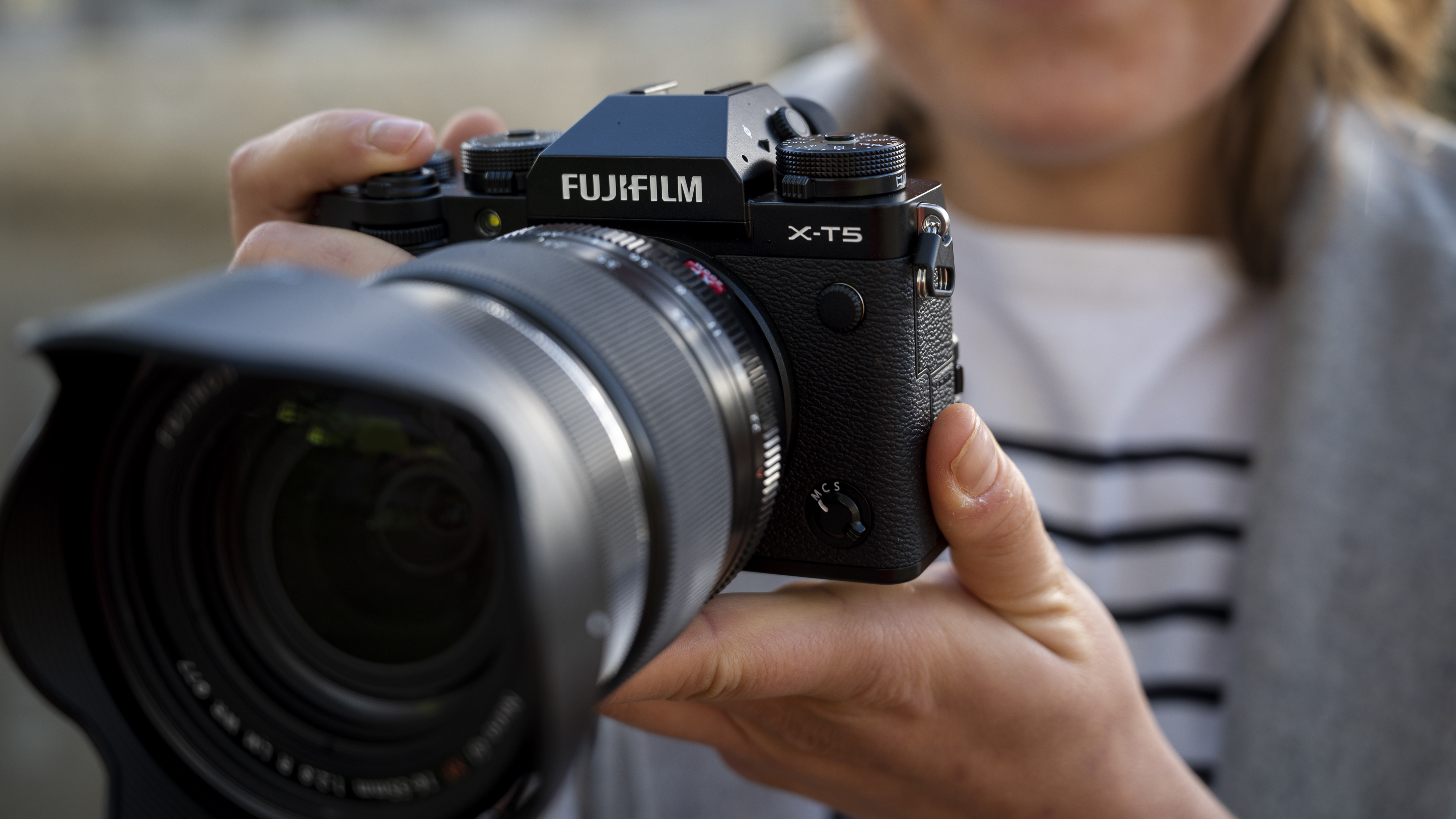
Specifications
Reasons to buy
Reasons to avoid
While slightly outperformed by the Fujifilm X-H2S, Fujifilm's mirrorless camera comes at a more affordable price and beautiful styling.
The X-T5 is a brilliant all-rounder that's a good option for astrophotographers. While you might not get much use from the 7-stop in-body image stabilization system if you're shooting in a tripod, the clever vari-angle touchscreen will make it a breeze to compose shots in both landscape and portrait orientation.
The classic body-mounted controls on the X-T4 make it a joy to use (and that bit easier to set-up in the dark), while the image quality doesn't disappoint. The 40.2MP APS-C sensor performs very well, while there's a great choice of fast primes out there to match with the X-T5.
See our full Fujifilm X-T5 review
Best lenses for astrophotography
Here are a selection of excellent lenses available for different systems for photographing the night sky. This isn't an exhaustive list of the best lenses for astrophotography, but should get you thinking about the kinds of focal lengths that can be useful.
Best fast prime
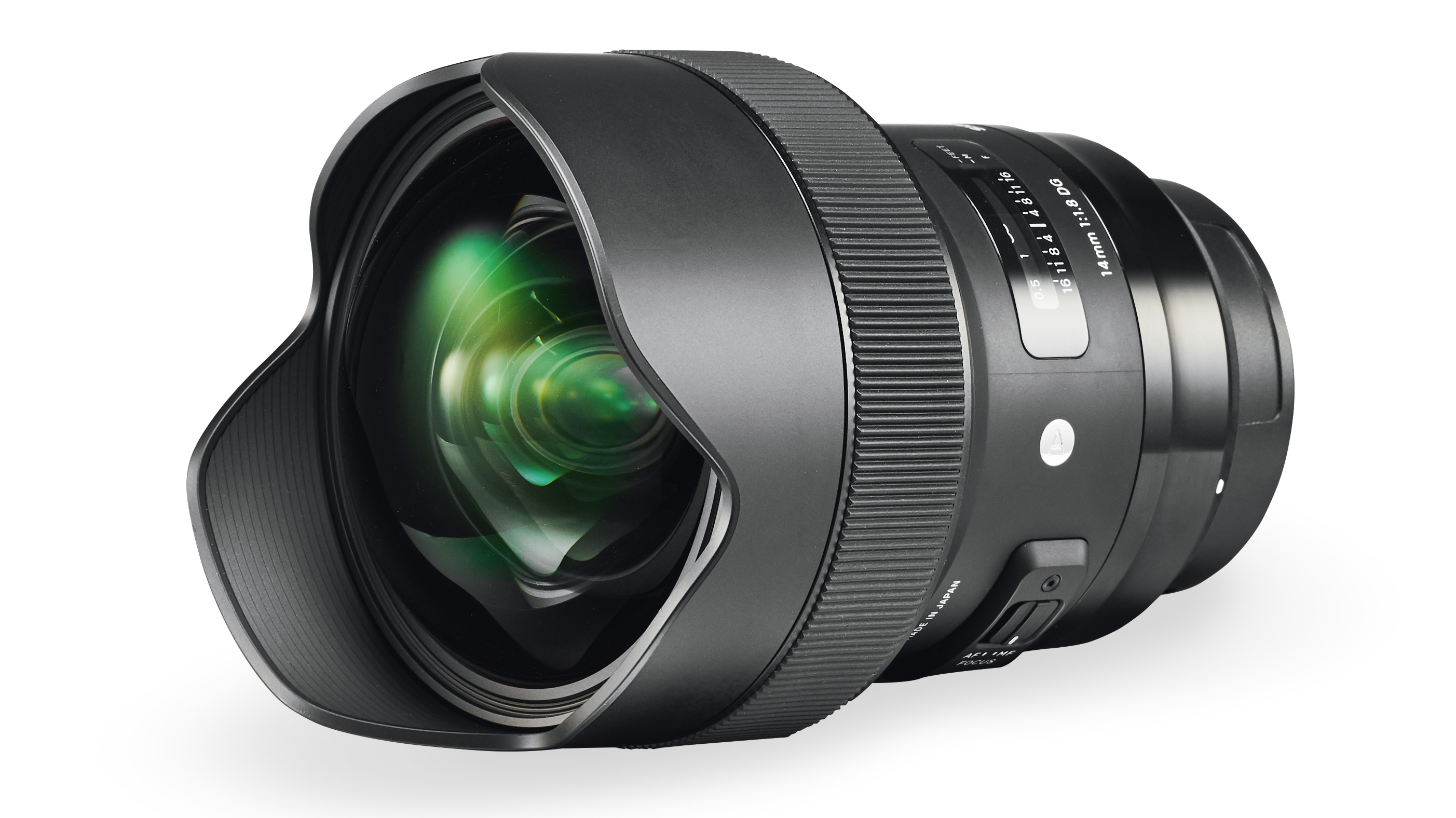
Specifications
Reasons to buy
Reasons to avoid
Is this the best lens for astrophotography and for shooting the Milky Way? Available with mounts for full-frame DSLR cameras from Canon, Nikon, Sigma and Sony (E-mount), this wide-angle prime lens from Sigma is all about speed. At f/1.8, it’s the fastest wide-angle lens in existence, and in dark conditions, that’s critical. It means that a long exposure shot of the Milky Way, something that usually takes about 25 seconds to image, can be done in about 10 seconds. Since stars begin to obviously blur in such images at 25 seconds, this Sigma makes much brighter, sharper astro-images possible. It’s also got an excellent (and quiet) auto-focus for use in daylight. However, this is a heavy lens that only dedicated astrophotographers will want to carry.
Those using Sony or L-mount mirrorless cameras should consider the faster and newer Sigma 14mm f/1.4 DG DN Art.
See our full Sigma 14mm f/1.8 DG HSM Art review.
Best affordable prime
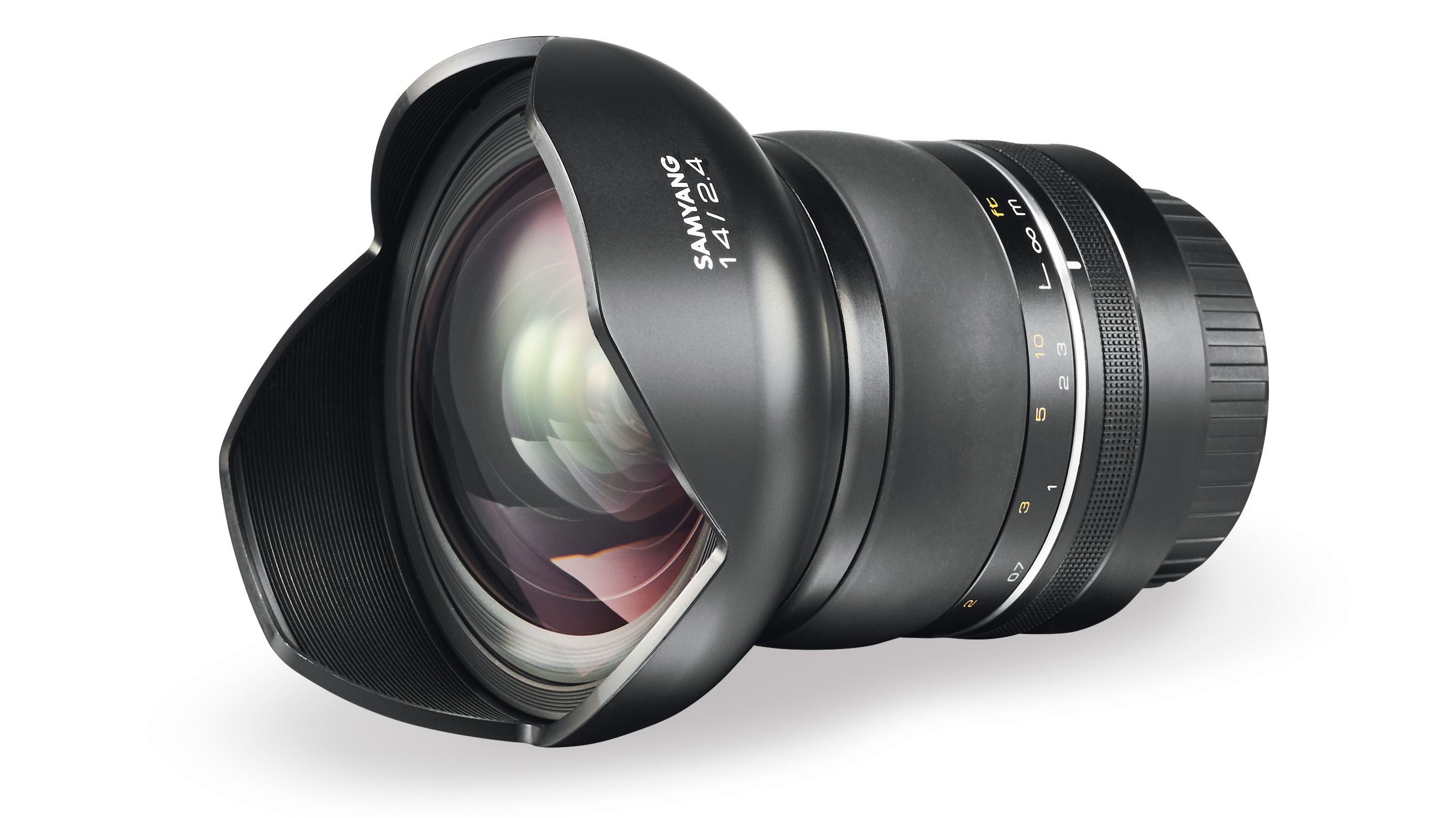

Specifications
Reasons to buy
Reasons to avoid
From Korean manufacturer Samyang’s XP stable of premium manual-focus prime lenses for Canon and Nikon full-frame cameras, this 14mm f/2.4 is ideal for astrophotography. The lens is sold as the Rokinon SP 14mm f/2.4 in North America. The high-quality glass is neatly wrapped in a really solid casing. The rubberized manual focus ring gives a very assured grip and has a long rotational travel with a fluid feel. There’s no weather-seal ring on the mounting plate to guard against the ingress of dust and moisture. To be fair, though, if you’re photographing the Milky Way, you’ll need clear, dry and dust-free conditions.
In our review, we were hugely impressed by how well this lens maintained its image quality when wide open, which is hugely important for astrophotography. It's markedly better than Irix's rival 15mm f/2.4 Blackstone lens or a Sigma 14mm f/1.8 DG HSM Art. Sharpness is both very good and extremely consistent across the image frame.
Best accessories for astrophotography
Even more so that other disciplines, astrophotography is hugely dependent on having the right accessories. Here is a selection of the kind of extra kit that can be useful.
Best tripod
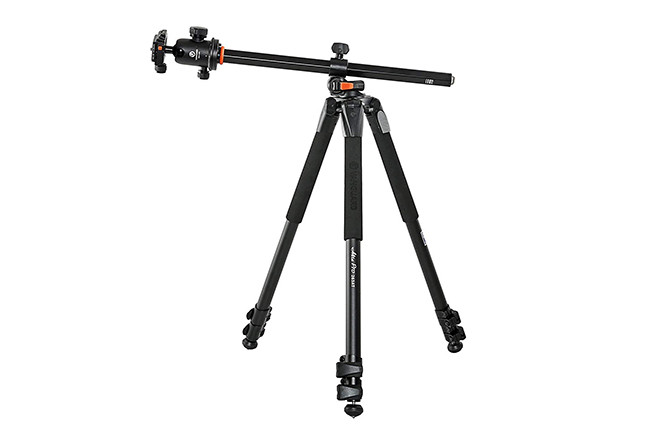
8. Vanguard Alta Pro 263AB tripod
Specifications
Reasons to buy
Reasons to avoid
The best choice for astrophotography and night-time landscapes is a full-size and very sturdy tripod. That's a shame, because the hobby usually requires walking off into the wilderness where equipment is at a premium, but it's nevertheless worth avoiding short travel tripods. That's particularly true if your camera doesn't have a tilting LCD screen, because you're likely to be pointing the camera upwards. However, you also can't afford for a gust of wind to ruin a long exposure photo. Weighing 2.4kg, the Vanguard Alta Pro 263AB tripod has three sections (the fewer sections, the better) and a ball head that rotates through 360 degrees. It also includes a quick-release plate and handy bubble levels.
Read more: The best tripods right now
Best star tracker mount
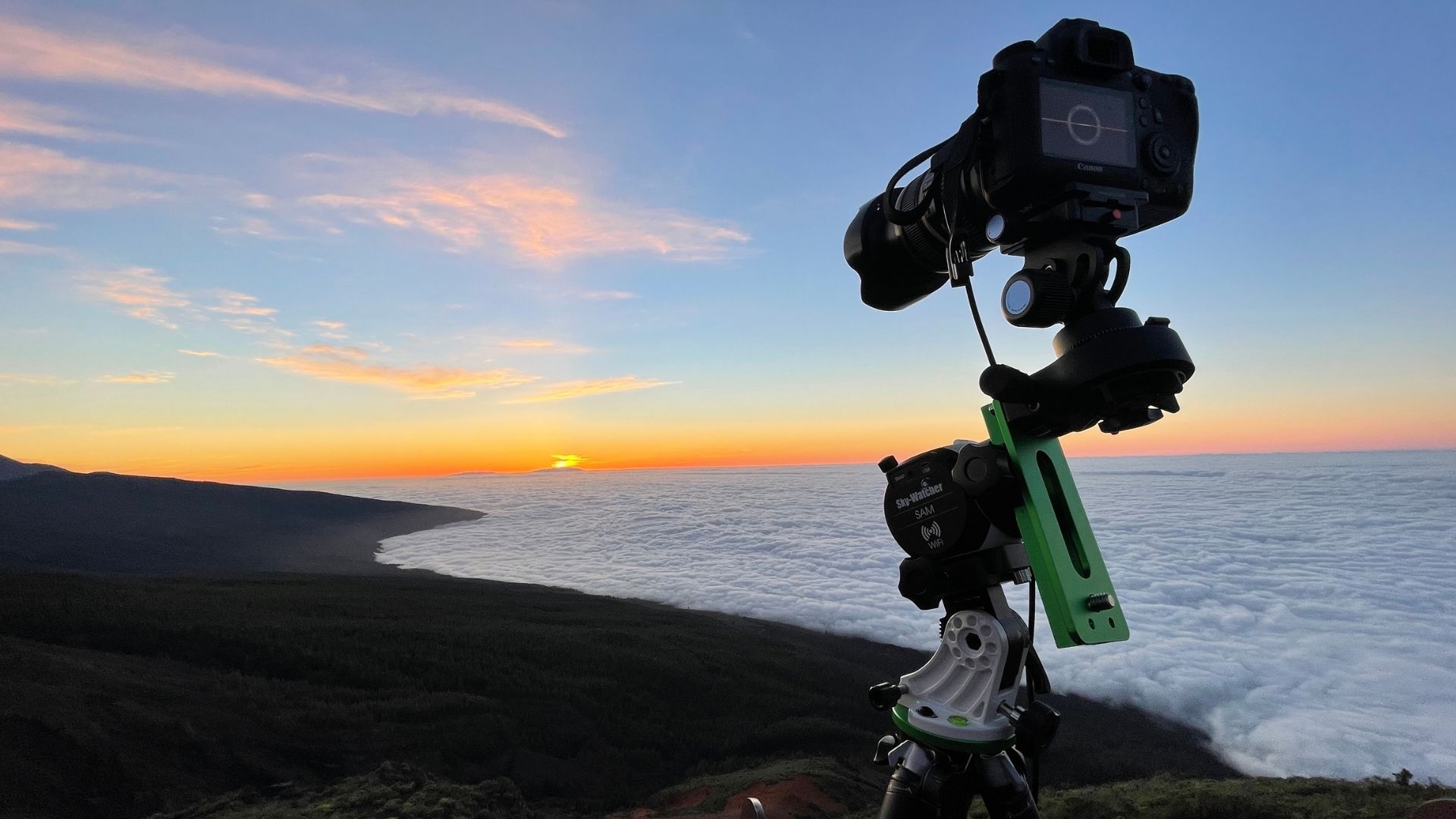
Specifications
Reasons to buy
Reasons to avoid
The rotation of the Earth means that long exposures of the night sky are limited to about 30 seconds in length before the stars start to trail across the sky. When exposures significantly longer than this are needed to capture enough light from celestial objects, it can be hard to know how to go about shooting them. The solution is a a star tracker like the Skywatcher Star Adventurer Mini, which is portable enough to take to any astro-shooting location.
What the Star Adventurer Mini does is tilt your camera to track the stars – once it's been aligned with the star Polaris, that is. This can take some practice, but is easy once you get the hang of it – we run through the basics in our practical landscape photography guide.
The Star Adventurer Mini is designed for 55mm lenses, though as we discovered in our Star Adventurer Mini review, you can use it with significantly larger and longer zooms, and still get great results. Once you link it up with your smartphone via the Wi-Fi, the tracker is easy to control, even if the app is a little buggy.
Best telescope adapter
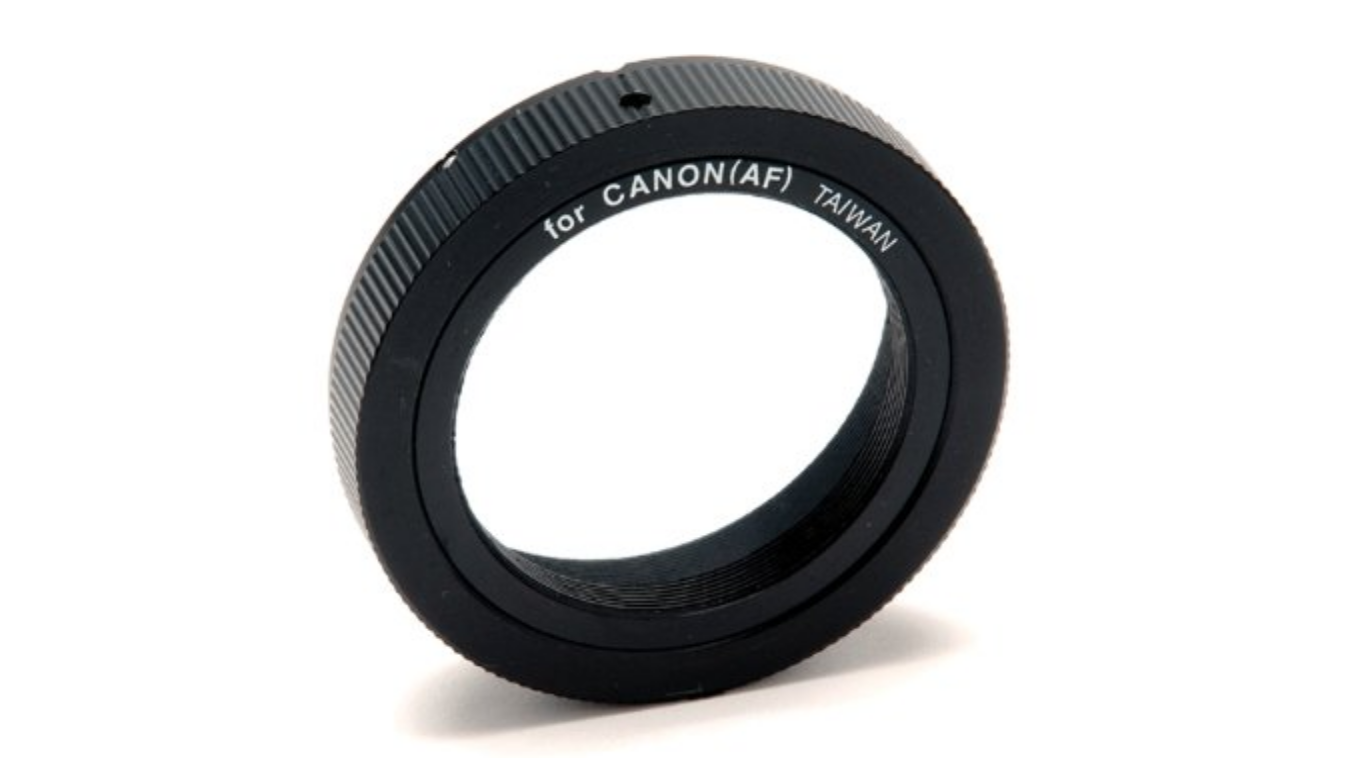
10. Celestron 93419 T-Ring Adapter
Specifications
Reasons to buy
Reasons to avoid
If you do have a telescope, or you think you might have occasional access to one, a cheap T-Ring Adapter is a useful addition to your astrophotography kitbag. A standard screw mount for cameras that screws on in place of a lens, it enables a DSLR body to be attached to a telescope. The Celestron 93419 T-Ring Adapter, from telescope-maker Celestron, has a T-Ring specifically for Canon cameras, but the Celestron 93402 is also available for Nikon cameras. To attach it to a telescope means adding a T-Adapter uniquely designed for specific telescopes, which a telescope-owner will usually have.
If you just want to photograph the moon, a great alternative is to just put your camera phone up to a telescope’s eyepiece; it’s easy enough to do free-hand, but the Carson HookUpz 2.0 Universal Smartphone Optics Adapter makes it even easier.
Best light pollution filter
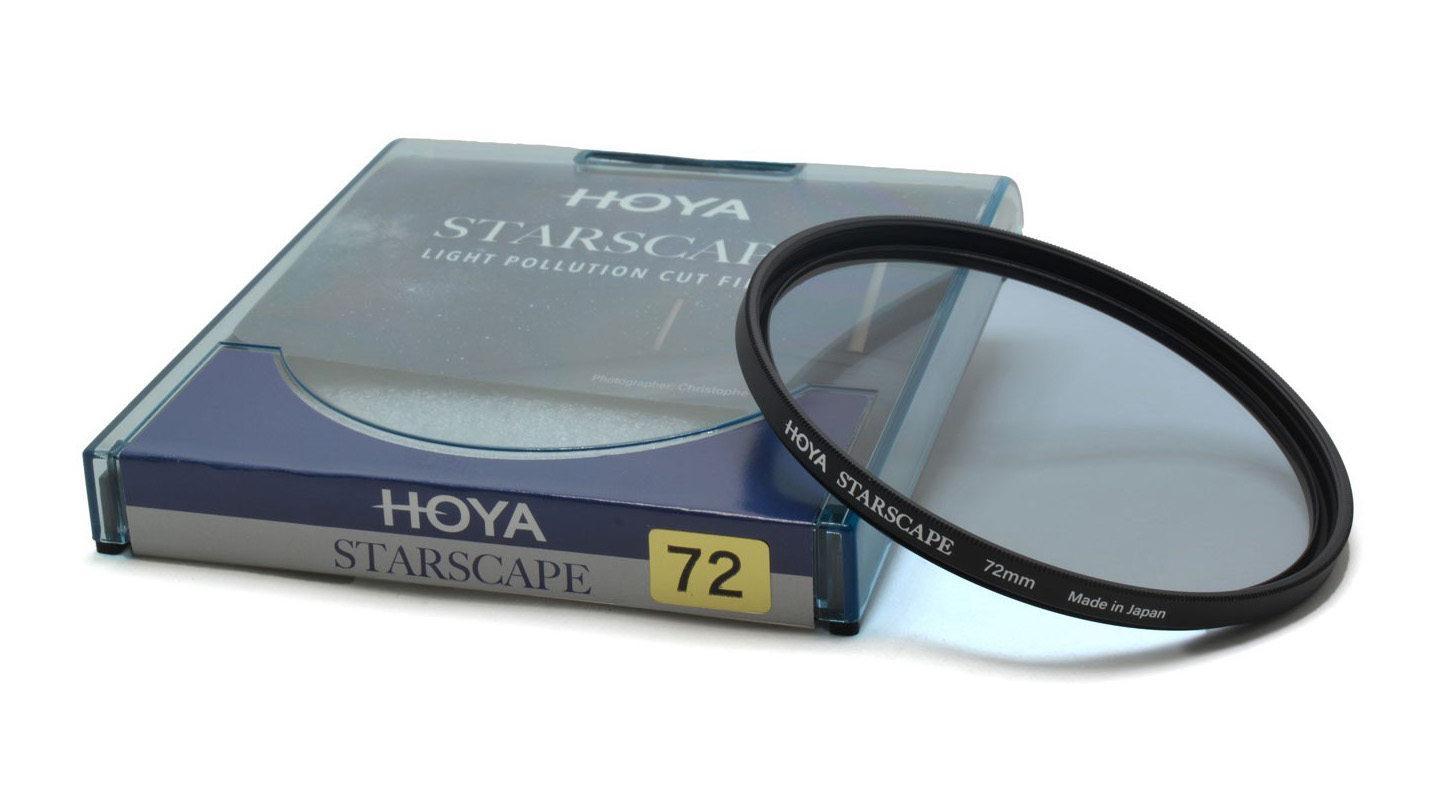
11. Hoya Starscape Light Pollution Cut Filter
Specifications
Reasons to buy
Reasons to avoid
A light pollution filter will suppress the emissions generated by artificial lighting, reducing the yellow/greenish color caused by city lights that will stop you from capturing the night sky in all its glory. This screw-on filter is available in a range of filter thread sizes has a neat low profile, while it's compatible with both wide- and super wide-angle lenses. Perfect for shooting both nightscapes and astro photography at night.
Read more Best light pollution filters
How to choose the right kit for astrophotography
Equipping yourself with the right kit for astrophotography can seem like a complex task. That's why for this guide we have broken it down into categories by camera, lens and accessories. So, let's look at each in turn.
Camera: The best camera for astrophotography needs to conform to some quite specific requirements. It needs to be able to keep its shutter open for at least 30 seconds – likely longer – and be able to shoot in RAW format for the post-processing, which is a big part of astrophotography. A tripod mount is also a must for those long exposures. An interchangeable lens mount is also pretty much a requirement for serious astrophotography – we won't say that astro images can't be made on fixed-lens compacts, but it is significantly harder to do, because the requirements for a lens are also quite specific...
Lens: A good astrophotography lens should be wide in both aperture and angle of view. A wide aperture allows the lens to drink in plenty of light – a must when shooting the night sky – while a wide angle of view is critical for a number of reasons. Not only does it allow you to get more of the sky in the frame, but it also means you can use longer shutter speeds before stars start to 'trail', i.e. blur across the sky.
Accessories: This is more a matter of personal taste and the kinds of images you want to capture. The only accessory we'll say is absolutely essential is a tripod, as you simply aren't going to be able to use the kinds of shutter speeds required by shooting handheld. Beyond that, it's up to you – a telescope mount and telescope will make fabulous deep-sky images possible, but requires a level of technical know-how. A light-pollution filter can be handy for reducing glare from man-made light.
How we test kit for astrophotography
We test mirrorless and DSLR cameras both in real-world shooting scenarios and in carefully controlled lab conditions. Our lab tests measure resolution, dynamic range and signal to noise ratio. Resolution is measured using ISO resolution charts, dynamic range is measured using DxO Analyzer test equipment and DxO Analyzer is also used for noise analysis across the camera's ISO range. We use these real-world testing and lab results to inform our comments in buying guides.
We test lenses using both real world sample images and lab tests. Our lab tests are carried out scientifically in controlled conditions using the Imatest testing suite, which consists of custom charts and analysis software that measures resolution in line widths/picture height, a measurement widely used in lens and camera testing. We find the combination of lab and real-word testing works best, as each reveals different qualities and characteristics.
Read more:
Get the Digital Camera World Newsletter
The best camera deals, reviews, product advice, and unmissable photography news, direct to your inbox!

Jamie has been writing about photography, astronomy, astro-tourism and astrophotography for over 15 years, producing content for Forbes, Space.com, Live Science, Techradar, T3, BBC Wildlife, Science Focus, Sky & Telescope, BBC Sky At Night, South China Morning Post, The Guardian, The Telegraph and Travel+Leisure.
As the editor for When Is The Next Eclipse, he has a wealth of experience, expertise and enthusiasm for astrophotography, from capturing the moon and meteor showers to solar and lunar eclipses.
He also brings a great deal of knowledge on action cameras, 360 cameras, AI cameras, camera backpacks, telescopes, gimbals, tripods and all manner of photography equipment.
